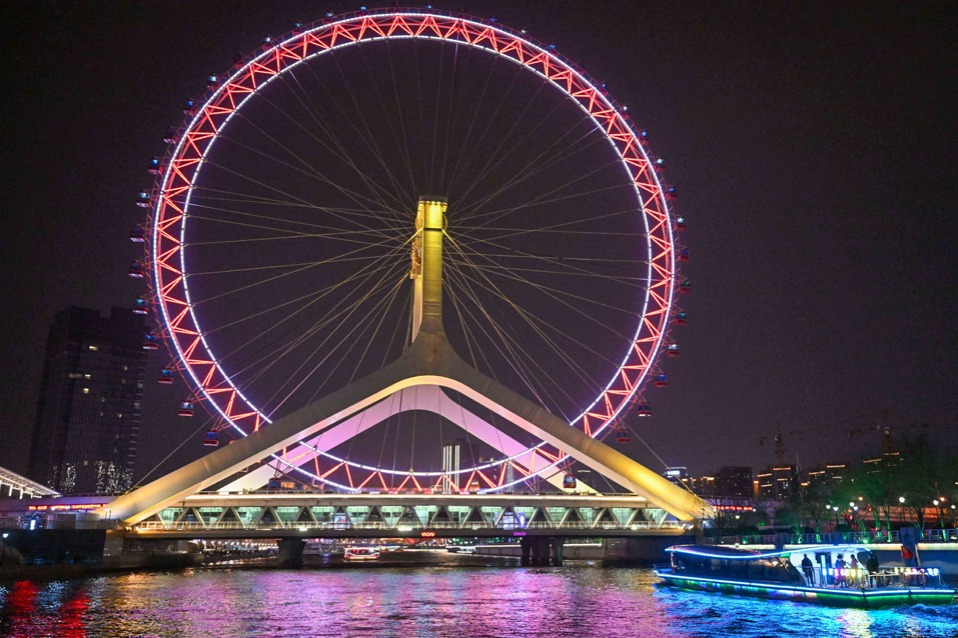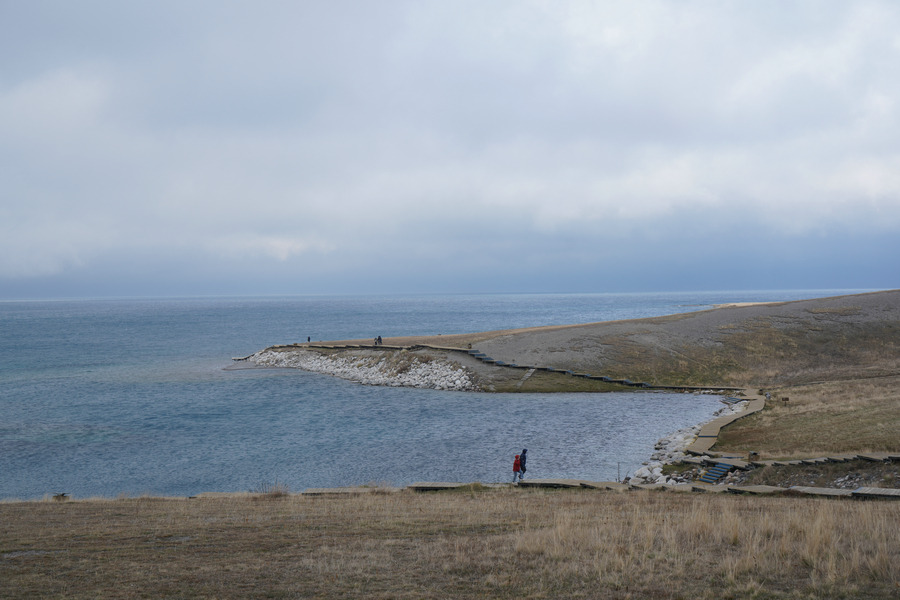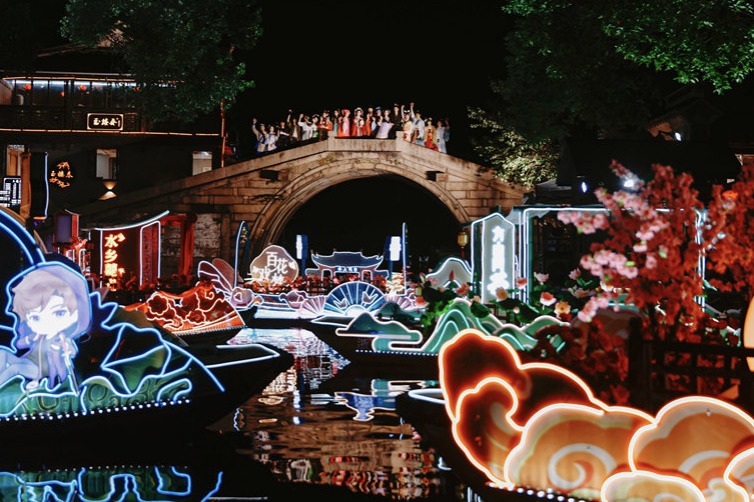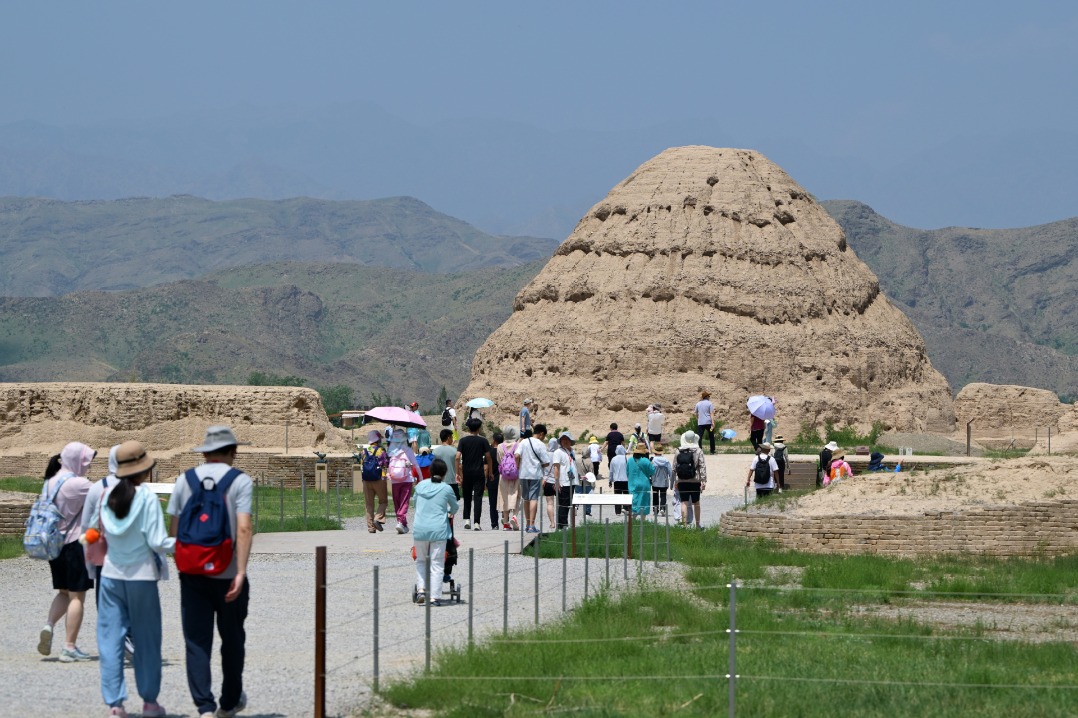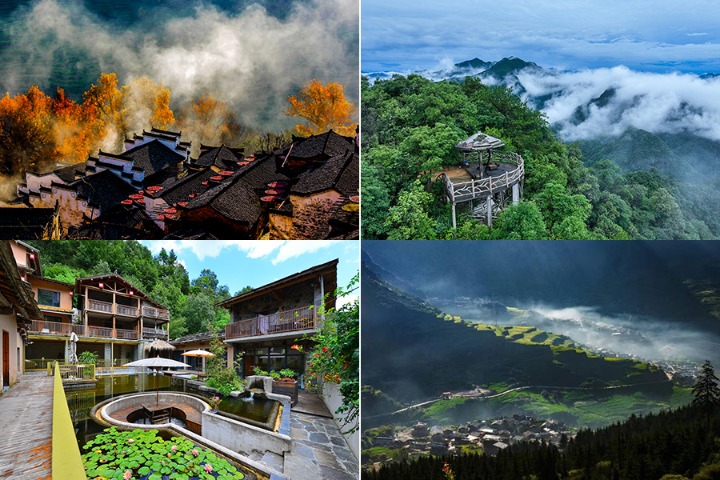Chinese tourism booms with appreciation for Uzbekistan's legacy

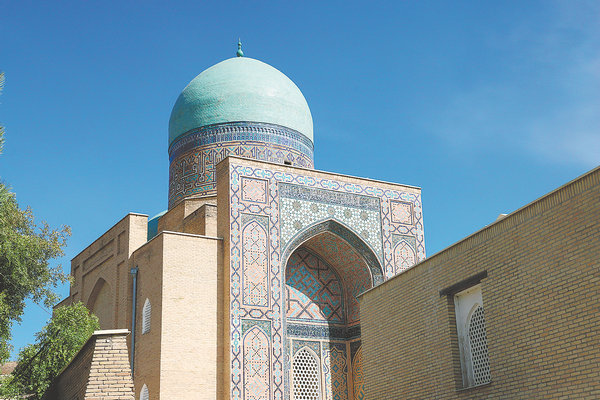
Registan Square, a historic landmark and the heart of Samarkand, Uzbekistan, features three magnificent madrassas, or Islamic educational institutions, adorned with intricate, colorful tiles and crowned with striking aqua cupolas.
This landmark from the Timurid Empire (1370-1507) is transformed at night into a dazzling display of lights and sounds, with landscapes, historical figures, and cultural symbols projected onto the facades of the three madrassas.
"I was deeply moved by Samarkand's profound legacy and vibrant presentation. The entire square was bustling with visitors from around the world," says Lu Lijuan, 32, an office worker from Shanghai. She is visiting Uzbekistan and plans to travel to other Central Asian countries before returning to China at the end of September.
This year has been designated "Uzbekistan Tourism Year" in China. Like Lu, more Chinese tourists are traveling to the country since the implementation of the mutual visa exemption agreement between China and Uzbekistan took effect on June 1, which allows stays of up to 30 days per visit.
According to data on the news portal Guancha.cn, Uzbekistan has welcomed 180,000 Chinese tourists as of Aug 19 this year, and this figure is projected to reach 300,000 by the end of the year. Meanwhile, the number of weekly round-trip flights between China and Uzbekistan has surpassed 60, with plans to increase to 100.
With the legacies of the Timurid Empire and Khwarezmian Dynasty (1077-1231), Uzbekistan boasts well-preserved pivotal hubs along the ancient Silk Road, such as Bukhara.
The country also offers visitors the opportunity to walk in the footsteps of legendary Buddhist monk Xuan Zang, who traveled westward to Central Asia and studied in India during the early Tang Dynasty (618-907).
His detailed accounts of ancient cities like Samarkand offer a unique historical lens, linking Chinese culture to Central Asia's heart, reviving its rich history.
"I was amazed by Uzbekistan's magnificent Islamic architecture and its exquisite patterns. Also, getting around the country is convenient, with easy train ticket purchasing and taxi hailing, making it convenient to visit all the attractions on your list," Lu says.
She says the locals are very hospitable; if they can't communicate in English, they eagerly find someone who does.
"They even go to the trouble of showing me the way under the scorching sun. One man was on his way to somewhere else but still stopped and took the time to help us," she says.
Lu also bumped into a teenage girl who struck up a conversation, mentioning that she was learning Chinese at school and had taken a proficiency test. They ended up chatting about their lives.
She feels that Uzbekistan is a safe destination and highly recommends it to anyone interested in ancient architecture, cultural heritage, and the history of Central Asia.
According to Cao Yiwei, chairman and CEO of the Leader International Tourism Group, visa applications for Central Asian countries were complicated. The visa exemption policy, however, is a game-changer for its tourism market, making these destinations more appealing to Chinese travelers.
"For veteran travelers who have seen it all, the country offers a truly unique, niche experience. They show interest in the links between China and Uzbekistan, with the Silk Road being a key example," Cao says. "The younger generation is also drawn to the country, thanks to those who shared their travel experience on social media."
He notes that the popularity of China's traditional large-group tours to Uzbekistan is decreasing. Instead, travelers are opting for independent travel and small-group tours with four to six people, with some visiting the local markets to experience authentic Uzbek life.
"As for outbound travel, Chinese tourists have become more rational. They have specific reasons as to why they want to visit a country and their goals. They want to experience the local culture and make the most of their money and time for an in-depth, high-quality tour," he says.
According to Trip.com Group, China's largest online travel agency, the top five most-visited attractions in Uzbekistan this year are the Hazrati Imam Mosque, Amir Timur Square, the Bibi-Khanym Mosque, Registan Square and the Amir Timur Museum.
The company offers tours that range from five to seven days, focusing solely on Uzbekistan, as well as multicountry tours combining Central Asian countries, like Kazakhstan.
Uzbekistan is actively advancing its "China Friendly" initiative, which includes offering Chinese-language signage and menus at airports, hotels and restaurants. These venues also offer popular Chinese payment systems, such as UnionPay, WeChat Pay and Alipay.
Li Zhengjie, head of Trip.com's public affairs department, suggests that travel agencies and relevant platforms align their products with Uzbekistan's "China Friendly" initiative — for example, a culinary journey that highlights Chinese menus and Chinese payment platforms.
"Rather than being satisfied with sightseeing, more Chinese travelers seek immersive experiences that allow them to learn about the local history, customs, and daily life," he says.

















